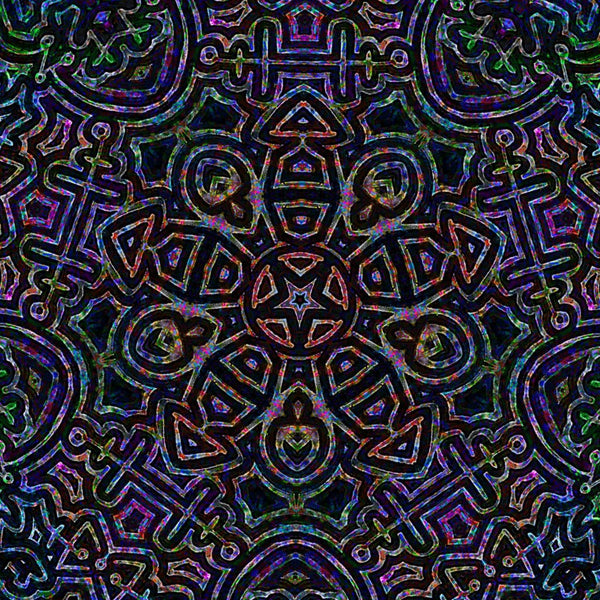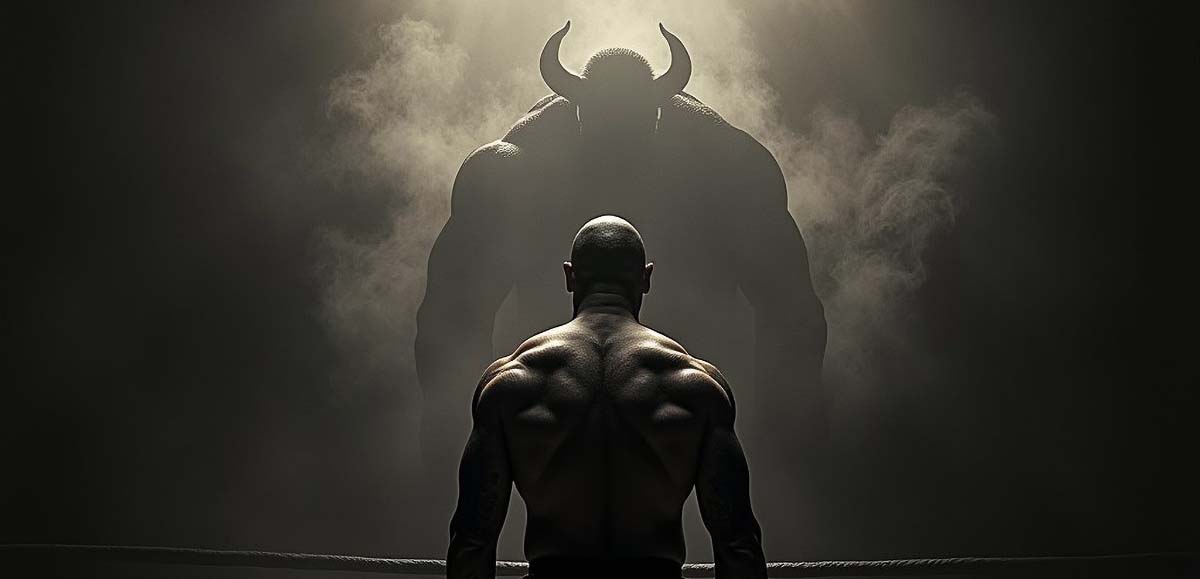Your Cart is Empty
Buy Any 4 Items, Get 15% Off Your Order!
Buy Any 4 Items, Get 15% Off Your Order!
The 10 Most Bizarre, Surreal, and Shocking Zen Koans of All Time
July 20, 2024

Zen koans are enigmatic stories designed to provoke profound insight and challenge conventional thinking. Some koans involve shocking or violent incidents intended to break through superficial understanding. Here are ten such koans, presented in detail:

1. The Raging Tiger
Zen Master Biyan (Jianxiu) was known for his extreme and intense methods of teaching. One stormy day, he decided to push his students to their limits. He brought a live tiger into the meditation hall where his students were sitting in quiet meditation. The sudden appearance of the roaring, agitated beast caused immediate chaos and panic among the students.
As the students scrambled to escape the hall, terrified of the tiger's ferocity, Biyan remained calm and composed. Once the initial shock wore off and the students had fled, Biyan calmly addressed them. “If you can sit still amidst the tiger’s fury, you’ve understood Zen,” he declared.
2. The Buddha’s Paradox
Zen Master Linji Yixuan, known as Rinzai, was famous for his radical and shocking teachings. One day, he declared, "If you meet the Buddha on the road, kill the Buddha." This statement was not a literal command but a provocative teaching aimed at challenging attachment to external forms and concepts, even those as revered as the Buddha himself. Linji’s phrase was intended to convey that enlightenment cannot be found in idolizing external symbols but must be experienced directly and personally. The violence implied in the statement is symbolic, urging practitioners to transcend superficial attachments and confront the essence of Zen directly.
3. The Muck of Understanding
Zen Master Huang Po was known for his intense and sometimes harsh methods of teaching. On one occasion, a monk who had been a long-time student of Huang Po began to show signs of arrogance and superficial understanding. In response, Huang Po took a heavy bamboo staff and struck the monk, causing him severe pain. The master then proceeded to shove the monk’s head into a large pit of excrement. As the monk struggled and cried out, Huang Po shouted, "How can you understand Zen with your head in this muck?" The shocking and violent act was meant to force the monk to confront the depth of his attachment to his ego and superficial knowledge, jarring him into a more profound realization of Zen’s teachings. Huang Po’s extreme action was a dramatic way to emphasize the necessity of overcoming ego and attachment in the pursuit of enlightenment.

4. The Infernal Insight
Hsu Yun, a revered Zen master, set fire to his own temple. As the flames consumed the building, Hsu Yun calmly observed, fully aware of the symbolic act. When questioned by his disciples about his actions, Hsu Yun responded, "I wanted to show the fire of enlightenment." The burning of the temple represented the impermanence of material things and was meant to challenge students' attachments to physical forms. Hsu Yun’s extreme gesture illustrated the transient nature of worldly attachments and provoked a deeper understanding of Zen’s teachings.
5. The Disembodied Buddha
Linji Yixuan, also known as Rinzai, was once approached by a student who questioned the nature of enlightenment. To demonstrate the profound and sometimes brutal reality of spiritual realization, Linji took a large knife and, in an extreme act of symbolic teaching, dismembered a large statue of the Buddha in front of the students. Each blow of the knife was a harsh reminder that enlightenment cannot be found in external symbols or objects but must be experienced directly and personally. The shocking destruction of the statue was intended to jolt the students into understanding that attachment to physical forms and symbols was an obstacle to true insight.
6. The Unseen Blow
Eihei Dogen, a prominent Zen master, was once teaching his students about the nature of enlightenment and the importance of direct experience. One of the students, eager but still struggling with understanding, repeatedly questioned Dogen’s teachings. In response to the student’s persistent questioning, Dogen struck him on the head with a stick. The sudden and unexpected blow was intended to bring the student out of his intellectual discourse and force a direct, experiential understanding of Zen. The physical impact served as a powerful reminder of the necessity of direct experience over mere conceptual understanding.

7. Pointing At The Moon
Master Gutei Shokaku was renowned for his practice of raising one finger to symbolize the essence of Zen. When a young disciple began imitating this gesture without grasping its true meaning, Gutei decided to teach him a harsh lesson. He cut off the boy’s finger with a knife. The boy, in shock and pain, fled the scene. Gutei called him back and raised his own finger again. The boy, now fully realizing the profundity of the gesture, attained a deep understanding of Zen. Gutei’s violent action was intended to break through superficial imitation and provoke genuine insight into Zen’s essence.
8. The Sound of Bowling Balls
Xuedou Chongxian, also known as Gyakudo Choson, witnessed two monks arguing over a single blade of grass. To address their trivial dispute and clinging to minor issues, Xuedou grabbed both monks by their hair and forcefully smashed their heads together. He then remarked, "This is what happens when you cling to even the smallest things." The physical confrontation was intended to illustrate the futility of minor disputes and encourage a deeper understanding beyond superficial attachments.
 9. The Scenic Bridge
9. The Scenic Bridge
Zen master Zhaozhou Congshen, known as Joshu Jushin, faced a student who asked, "What is the way?" In response, Joshu picked up the student and threw him off a bridge. The student fell into the water below, confronted with the immediate and raw reality of his situation. Joshu’s extreme action was intended to break through the student’s intellectual approach and provoke a direct realization of Zen. The shocking nature of the act served to jolt the student into a deeper understanding of Zen.
10. Oh Well
Zen master Chao-chou, also known as Zhaozhou, was confronted by a student who asked, "What is the true way?" In a dramatic and violent gesture, Chao-chou threw the student into a well. The suddenness and force of the act were intended to shock the student out of intellectual and conceptual thinking and lead to a direct, experiential realization of the way. The fall into the well symbolized the breaking of superficial understanding and the necessity of facing reality directly.
Summary
The intent behind these seemingly brutal acts is not cruelty but a powerful method to transcend the limitations of intellectualism and ego. By confronting students with harsh or unorthodox teachings, these Zen masters aim to dissolve attachments to external forms and concepts, thereby leading practitioners to a direct and transformative experience of Zen.
Leave a comment
Comments will be approved before showing up.
Also in Sacred Surreal Blog
newsletter signup
Be the first to know about upcoming sales and promos. Get a 10% discount coupon when you subscribe!
Subscribe
Sign up to get the latest on sales, new releases and more …

Storewide Sale!
Buy any 4 items and get 15% off your total order! For a limited time only.



